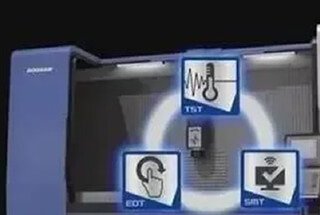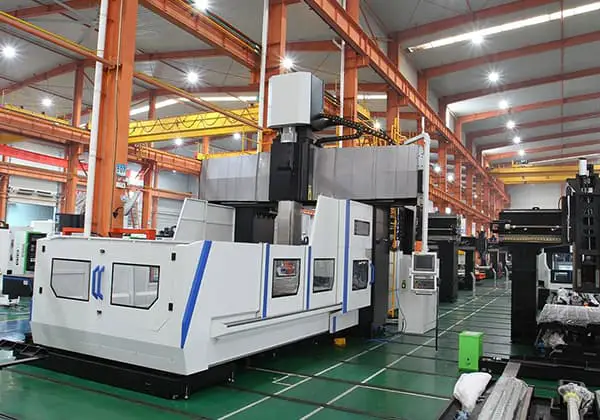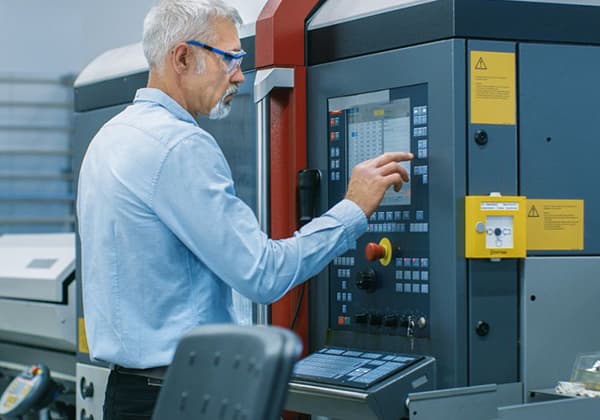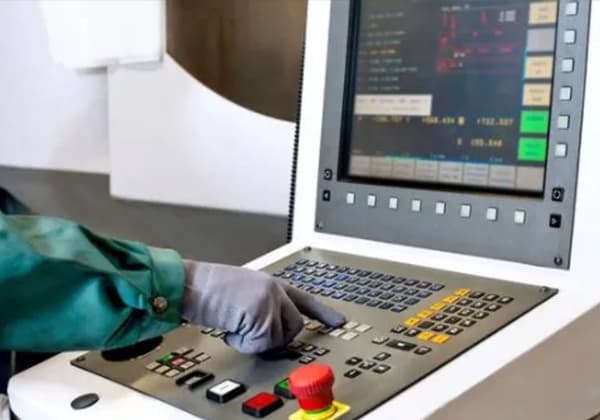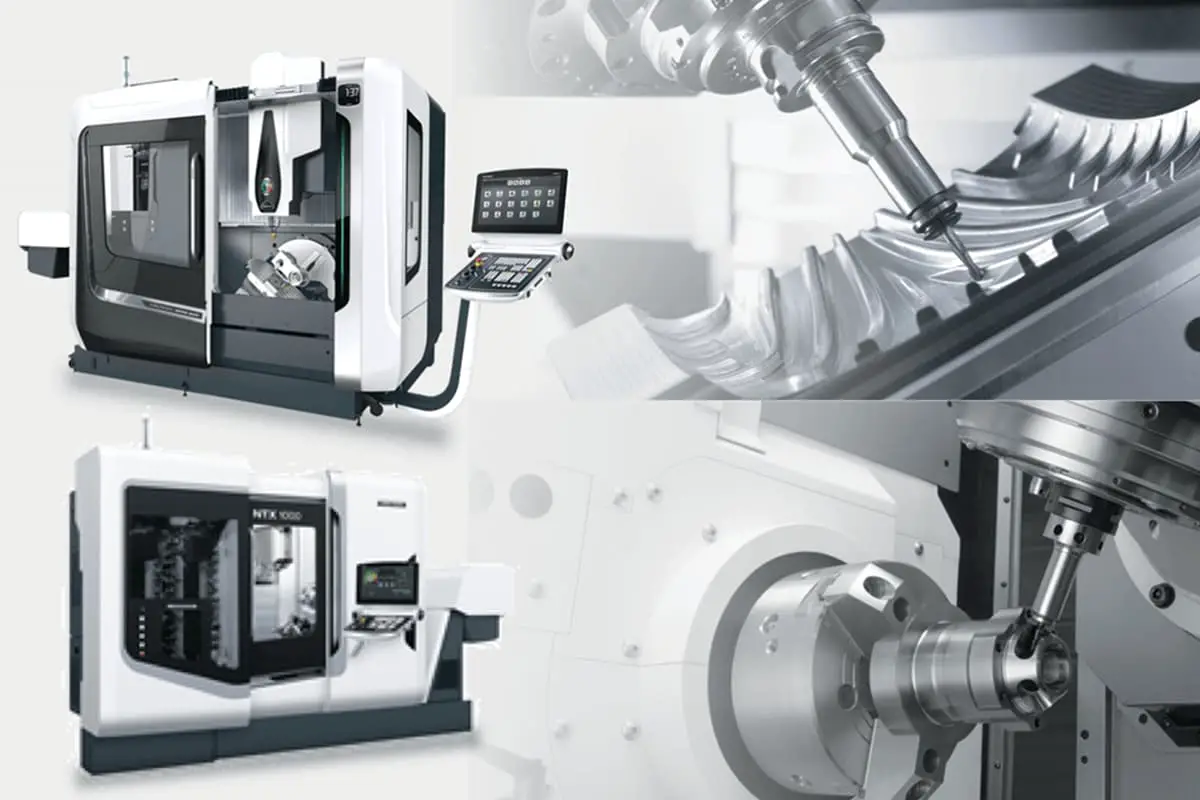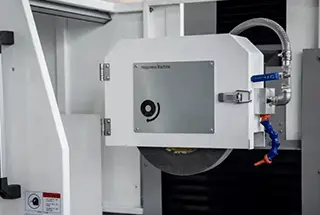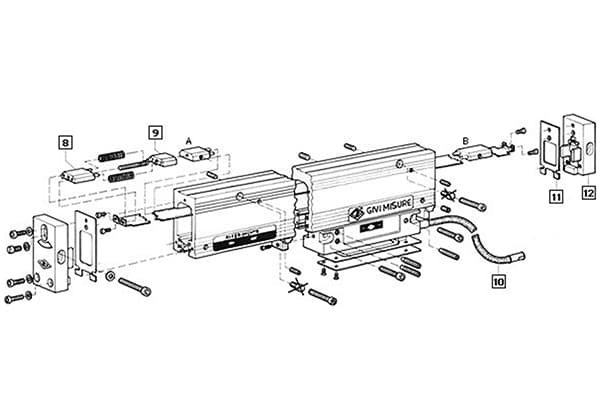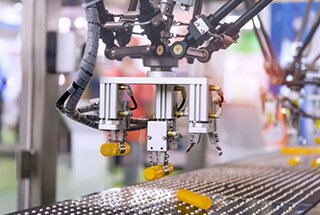
Ever wonder why your CNC machine keeps malfunctioning? From collision accidents to electrical failures, CNC machines face numerous operational challenges. This article explores the common issues and provides practical solutions to keep your equipment running smoothly. Dive in to discover essential troubleshooting tips and learn how to prevent costly downtime and maintain optimal performance for your CNC machines.
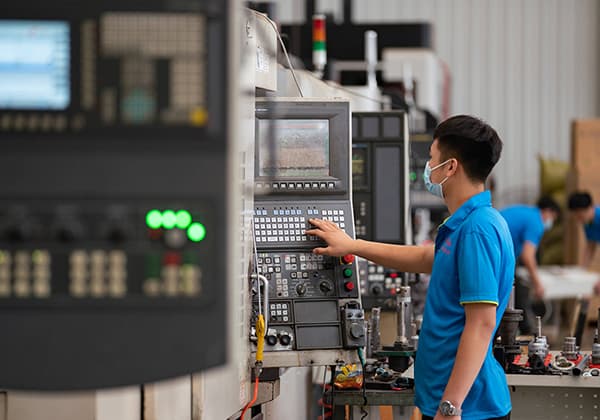
(1) Inherent failures of CNC machine tools are caused by factors within the machine tool itself and are unrelated to external environmental conditions. The vast majority of failures of CNC machine tools belong to this category.
(2) External failures of CNC machine tools are caused by external factors. These include low or high voltage fluctuations, incorrect phase sequence of power supply, or unbalanced three-phase input voltage, high ambient temperature, harmful gases, moisture, dust, external vibrations, and interference, etc.
(3) Human factors are also one of the external causes of CNC machine tool failures. During the first year of use, improper operation by unskilled workers causes more than one-third of the total machine tool failures.
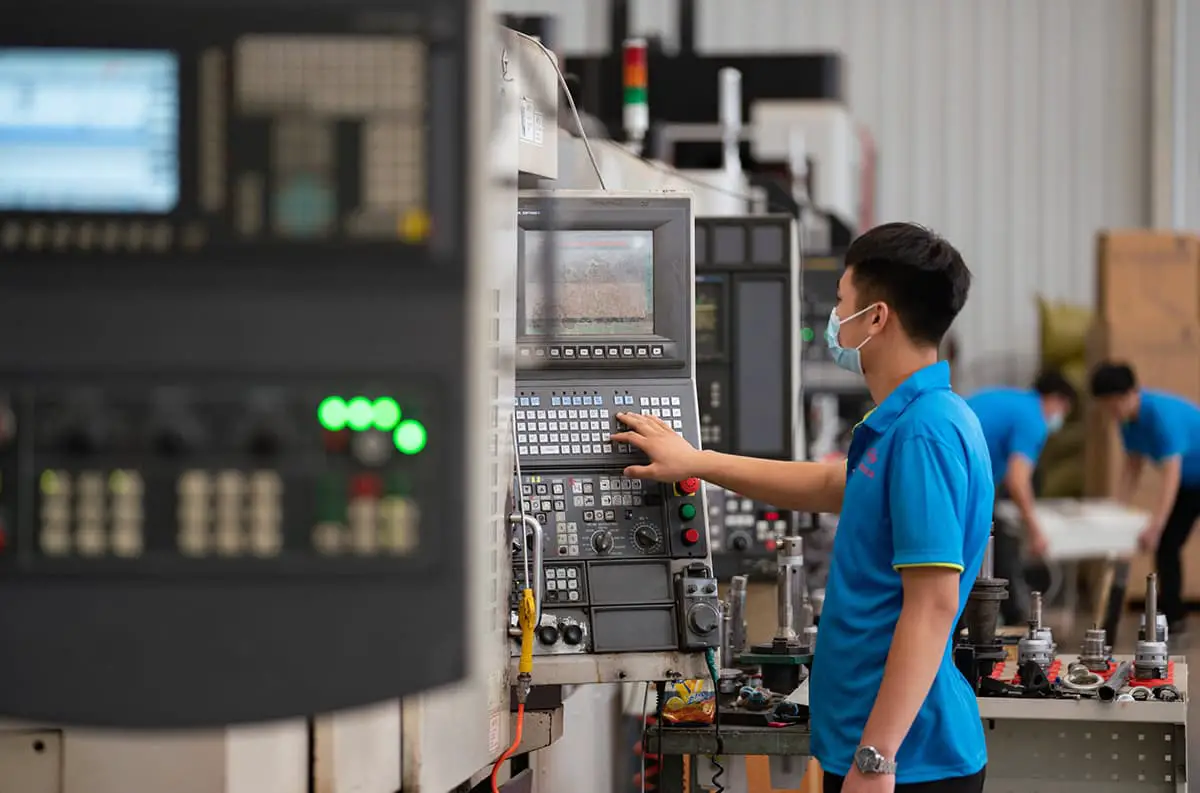
When encountering this problem, protect the scene first, understand what state the machine tool was in when the fault occurred, distinguish whether it was the first processing or in the middle of the processing, and the status of the operator at the time.
The main reasons for these problems are as follows: employees forget to return to the reference point before the first processing, or although the machine tool returns to the reference point, the operator does not pay attention to incorrect operations. Another cause is incorrect input of data when modifying the program. Some operators are careless and install the workpiece backwards, causing a collision.
There are many factors that cause the size of the machine tool to exceed tolerances.
When machining the surface size, geometric shape and relative position of the system links between them are changed at any time, the consequences will be obvious in the workpiece, thus causing fluctuations in size.
The following introduces in detail the size exceeding fault caused by the transmission clearance between the X and Z direction driving systems of the CNC machine tool.
In general, the operation sequence is electrical first and mechanical second. First, measure the transmission clearance of the X-axis and Z-axis. Normally, X-axis ≤ 0.005mm, Z-axis ≤ 0.01mm.
If it exceeds the above standard value, it means that the transmission clearance of the X (Z) axis is too large, which is the reason for the oversized workpiece dimension. The remedy for this problem is to perform clearance compensation in the system environment.
For FANUC system, set it in N 00N00; for Mori Seiki II NC system, set it in N0000 N000, and make sure to disconnect the power before setting. The limit of this compensation value is within the range of (0.5 ~ 0.8), beyond which there will be danger.
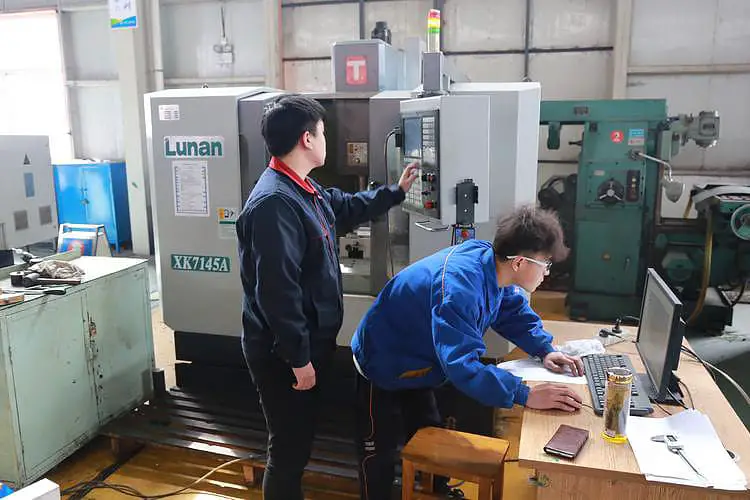
If the transmission clearance is too large, mechanical clearance adjustment should be carried out. Adjust the transmission clearance between the ball screw and the servo motor first. The adjustment method of the equipment varies due to different equipment and transmission methods.
At this time, you can refer to the random instruction manual. Then adjust the bearing clearance of the ball screw installation, and the degree of adjustment should be flexible and uniform on all stroke with no damping.
After these adjustments, it is usually necessary to reset the clearance compensation as described above.
The frequency of using the CNC lathe can be said to be unmatched by other components on the CNC machine.
Therefore, due to its poor working environment and complex internal structure, the probability of failure is particularly high.
Phenomenon 1:
The tool post does not rotate position (the system generally prompts a tool holder position signal error), and there are many reasons that can cause the tool post to not rotate position.
Cause analysis:
After the electrical overload, the tool post will automatically jump off. The 380V phase error of the tool post, because the tool post can only rotate in a clockwise direction when it rotates (there is a directional positioning mechanism inside the tool post), so once the three-phase power phase is connected incorrectly, the electric motor of the tool post will reverse after being powered on, and the tool post cannot rotate; the three-phase power supply of the tool post electric motor is missing, and the 24V power supply used for the tool post position signal is malfunctioning.
The axial positioning plate crushed the thrust ball bearing on the central shaft inside the tool post body, making the bearing unable to rotate, and the electric motor of the tool post could not drive the tool post to rotate.
After removing the parts, it was found that the screws were loose. This is because the vibration caused by the tool post turning brings long-term tangential forces in both positive and negative directions to the positioning key, causing damage to the positioning key.
The positioning plate and nut move downward, exerting a larger axial force on the bearing, making it unable to rotate.
For the failure of the “system location plate” in the system control, after the tool post is in place, the “system location plate” should be able to detect the tool post position signal.
The measures we can take for the above reasons are: replace damaged parts, check the 24V power supply, check the tool post strong power circuit, disassemble the tool post, adjust the axial clearance of the thrust bearing, replace the “system location plate”, etc.
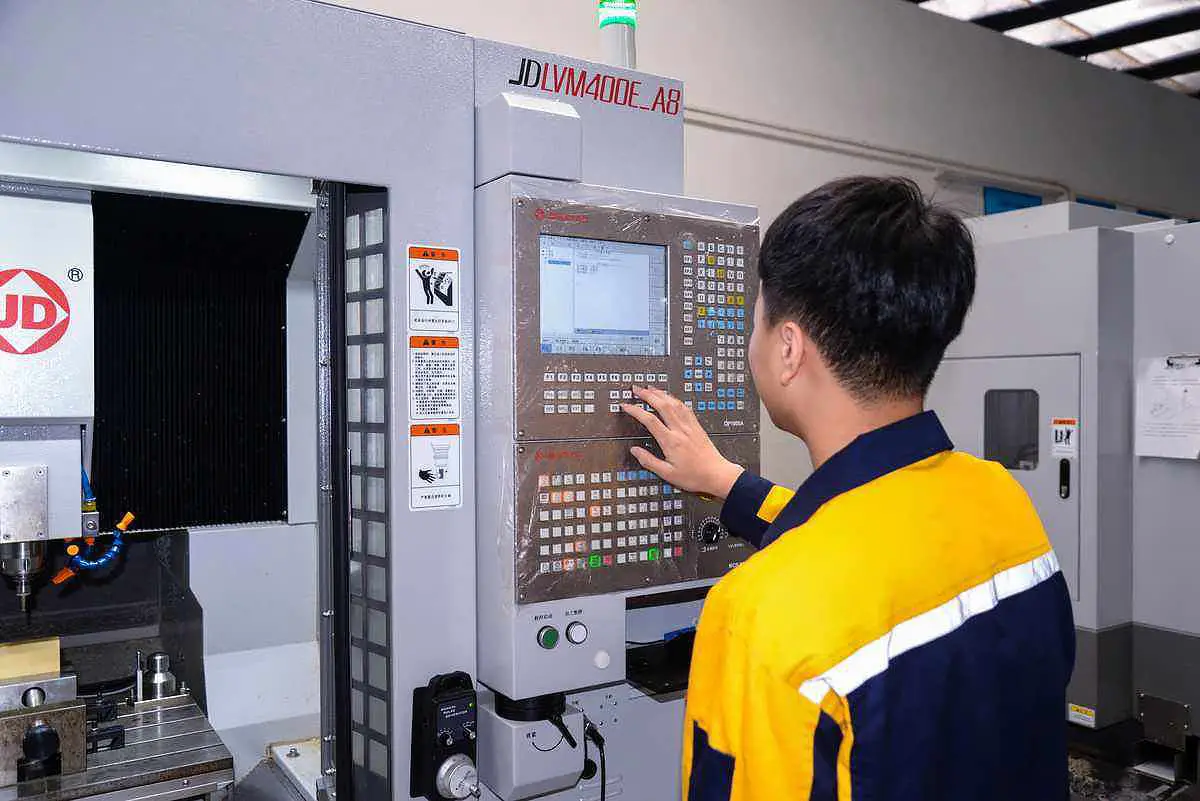
(1) Reference point failure.
The failure of the machine tool to return to the reference point can generally be divided into two types: unable to find (deviate) the reference point and unable to find the reference point.
The former is mainly caused by the improper position setting of the reference point switch block and only needs to be readjusted.
The accessory factory generally likes to use economical CNC lathes, although they are cheap, their protective measures are not very ideal, so the phenomenon of circuit interruption and short circuit caused by the ingress of the travel switch is common.
The latter type of failure is caused by the invalidation of zero marking pulse signal (including no signal generated or lost in transmission and processing) or the signal generated by the deceleration switch when returning to the reference point.
To eliminate the fault, it is necessary to first understand the mode of the machine tool’s return to the reference point, and then perform fault comparison analysis. The method we can take is to use the “external” and “internal” methods and signal tracing to find the faulty part.
Here, “internal” refers to the zero marking position on the grating ruler or the zero marking position of the pulse encoder.
The detection of the zero marking pulse signal can be checked with an oscilloscope; “external” refers to the block and reference point switch installed outside the machine tool, which can be directly observed for the presence or absence of signals using the CNC system PLC interface I/O status indication.
(2) Overtravel:
When the feed motion exceeds the hard limit set by the soft/hard limit switch or the software-set soft limit, overtravel alarm will occur. In this case, the fault can be eliminated and the alarm can be released according to the instructions of the CNC system manual.
In the manufacturing process of lathes, the key to improving processing efficiency on a CNC lathe lies in whether the tool parameters used are correct.
If the tool parameters are used reasonably, it can not only improve the service life of the tool but also improve the efficiency and quality of processing.
If the tool parameters are used improperly, it will not only seriously affect the quality of the workpiece but also require operators to constantly change, sharpen, and align the tools, making the CNC lathe unable to continuously work, which has a direct impact on production efficiency. At the same time, costs and profits will also be greatly reduced.
Therefore, the correct use of tools and tool parameters is very important for lathe processing. The tool parameters should be selected based on specific lathes, specific tools, and specific processed materials.
Often, the maximum cutting rate of the tool parameters should be selected based on meeting the requirements of machining equipment, which is beneficial to improving work efficiency.
Generally, people calculate the maximum and most suitable tool parameters, or use reasonable mathematical models to test the best tool parameters.
At the same time, due to the limited types of tools, several commonly used tools can basically complete more than 80% of the total processing volume.
Therefore, we can choose reasonable tools based on the characteristics of the processed materials in a small part of the workload and obtain the optimal tool cutting parameters in actual operation.
(1) Strictly follow the basic operation technology procedures of CNC lathe equipment and carry out the technical operation process of specific production and processing links of the equipment.
Ensure the reasonableness of the dressing of machine tool operators, and on this basis, timely clean up the environmental space of mechanical components production and maintain work.
(2) Before starting actual production activities on CNC lathe equipment, a detailed inspection and confirmation of the technical performance status of the CNC lathe equipment should be carried out in advance to ensure that the actual machine tool equipment can maintain a good and stable technical performance status during the actual production and processing activities of mechanical components.
(3) In the process of using CNC lathes to carry out mechanical component processing activities, according to the specific type of actual processed mechanical parts and the characteristics of processing technology, the targeted setting of operating parameters of CNC lathe equipment should be done.
Timely adjust the parameter operating system of CNC lathe equipment to ensure that the CNC lathe equipment can maintain a stable and optimal performance status during the production and processing activities of mechanical components.
With the continuous progress of science and technology, the application of CNC lathes will become more and more widespread.
We have analyzed common problems with CNC lathes, found the causes of problems, and studied methods to solve them.
We must develop good operating habits for CNC lathe equipment and continuously accumulate experience to produce higher quality products.

